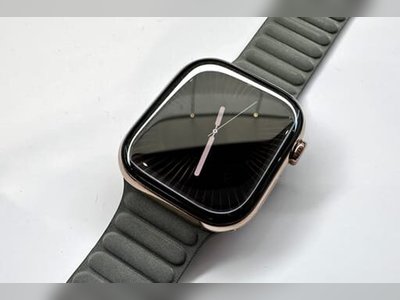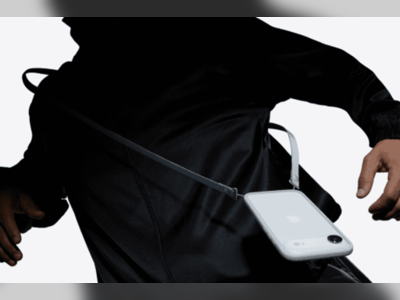US and Japan Deploy Typhon and NMESIS in Resolute Dragon 2025 Drills, Drawing China’s Objections
Joint exercises bring advanced missile systems to Japanese territory for the first time as Beijing warns of destabilization in the region
The United States and Japan have begun their large-scale military exercise Resolute Dragon 2025, running from September 11 to 25.
The drills feature the first deployment of the U.S. Army’s Typhon mid-range missile system to Japan, alongside testing of the Navy/Marine Expeditionary Ship Interdiction System (NMESIS).
Beijing has sharply criticized the deployment, calling it a significant threat to regional security.
The Typhon system, stationed at Marine Corps Air Station Iwakuni, is capable of firing both Standard Missile-6 interceptors and Tomahawk land-attack cruise missiles, with ranges reaching up to 1,600 kilometers.
NMESIS, which uses sea-skimming Naval Strike Missiles to target ships, is being tested on Ishigaki Island in Okinawa Prefecture.
Japanese Type 12 surface-to-surface missiles are also included in the drills.
Approximately 12,000 personnel from Japan’s Self-Defense Forces and nearly 1,900 U.S. service members are participating in the exercise, which combines live-fire drills, amphibious operations, and integrated air and missile defense training.
Tokyo and Washington describe the drills as essential for ensuring the defense of remote islands and strengthening deterrence in the face of growing regional challenges.
China’s Foreign Ministry has condemned the deployment, urging both nations to halt what it calls destabilizing activities and to respect China’s core interests.
Russia has echoed these concerns.
Japanese officials, however, stress that the drills are defensive in nature and designed to protect vital maritime routes and strengthen alliance readiness.
The drills feature the first deployment of the U.S. Army’s Typhon mid-range missile system to Japan, alongside testing of the Navy/Marine Expeditionary Ship Interdiction System (NMESIS).
Beijing has sharply criticized the deployment, calling it a significant threat to regional security.
The Typhon system, stationed at Marine Corps Air Station Iwakuni, is capable of firing both Standard Missile-6 interceptors and Tomahawk land-attack cruise missiles, with ranges reaching up to 1,600 kilometers.
NMESIS, which uses sea-skimming Naval Strike Missiles to target ships, is being tested on Ishigaki Island in Okinawa Prefecture.
Japanese Type 12 surface-to-surface missiles are also included in the drills.
Approximately 12,000 personnel from Japan’s Self-Defense Forces and nearly 1,900 U.S. service members are participating in the exercise, which combines live-fire drills, amphibious operations, and integrated air and missile defense training.
Tokyo and Washington describe the drills as essential for ensuring the defense of remote islands and strengthening deterrence in the face of growing regional challenges.
China’s Foreign Ministry has condemned the deployment, urging both nations to halt what it calls destabilizing activities and to respect China’s core interests.
Russia has echoed these concerns.
Japanese officials, however, stress that the drills are defensive in nature and designed to protect vital maritime routes and strengthen alliance readiness.











